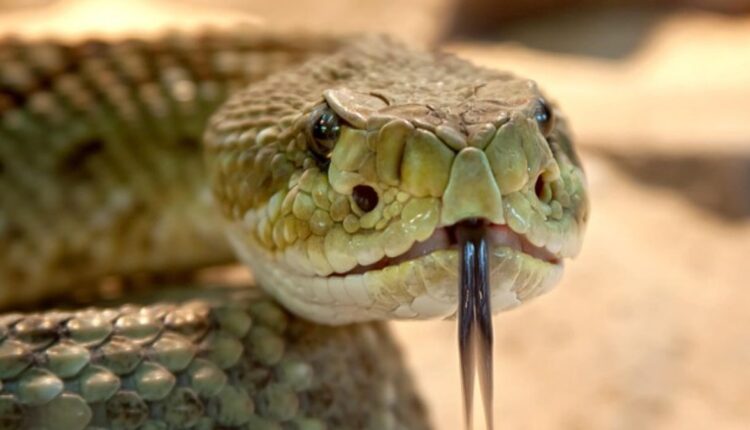World Snake Day, observed annually on July 16, aims to raise global awareness about snakes, highlighting these often misunderstood and highly venomous creatures. There are approximately 3000 snake species around the world, out of which approximately 700 are considered to be venomous. They also play a major role in maintaining biodiversity and regulating pests. Still, their image is largely negative, fueled by fear, myths, and the media.
There are species discovered by science, like the Inland Taipan, Black Mamba, etc., that are mostly aggressive and deliver neurotoxins in large quantities. There are others, such as the King Cobra, the longest venomous snake in the world, that deliver massive amounts of venom and evoke terror. Let’s take a look at the most dangerous and venomous snakes in the world.
6 Most Venomous Snakes In The World
From your busy schedule, take some time to learn about these incredible creatures.
Many-Banded Krait: Also known as the Taiwanese krait or the Chinese krait, it is found in Southeast Asia and China. Its bite produces a neurotoxin that can paralyse the nervous system. These snakes can grow up to 1.85 m (6.1 ft).
King Cobra: These are found in some parts of India and Southeast Asia. The longest venomous snakes release venom in large quantities.
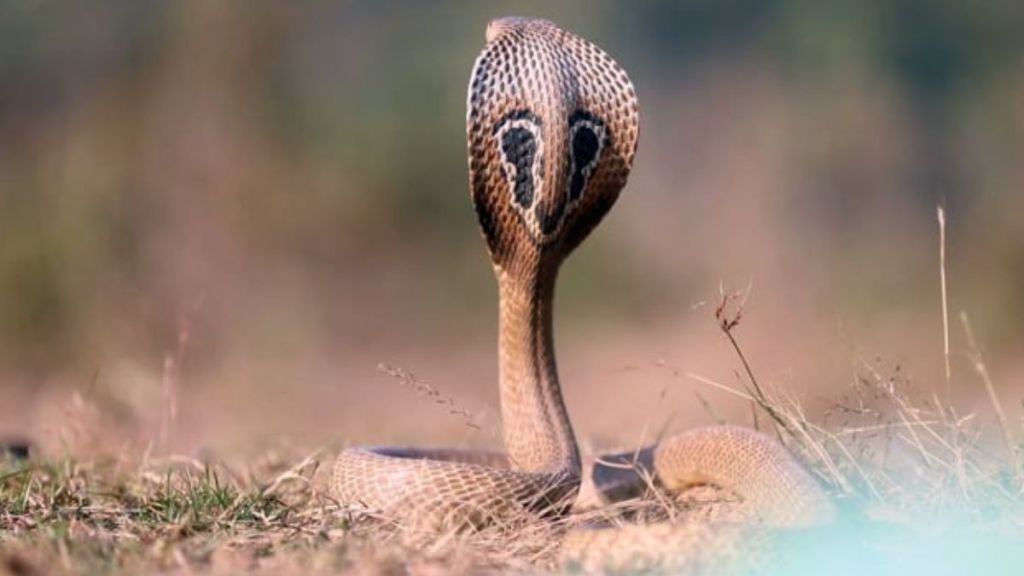
Black Mamba: Mambas are found in Sub-Saharan Africa. These are highly aggressive, and their bite can kill anyone within 20 minutes after releasing a quick-acting neurotoxin.
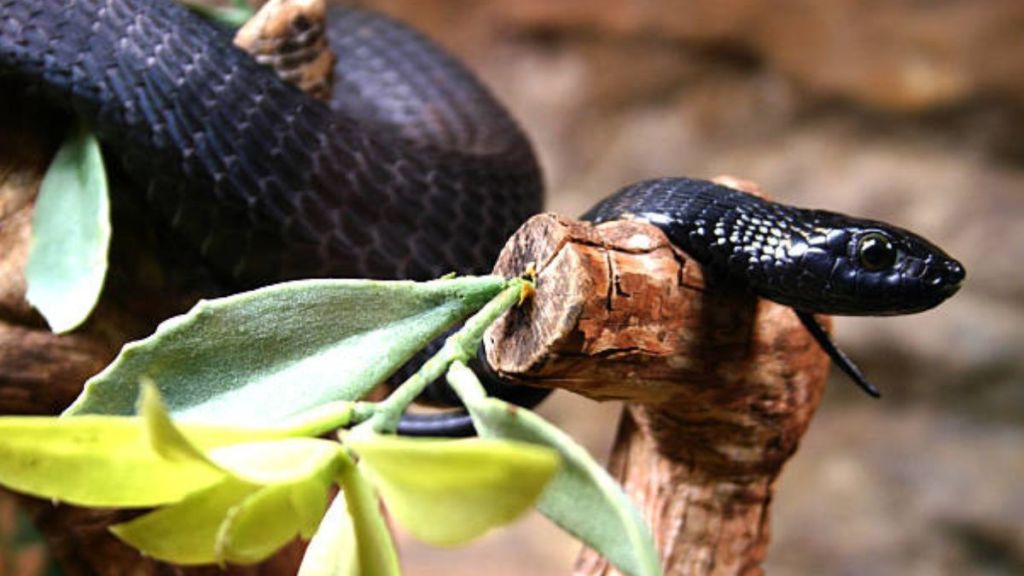
Coastal Taipan: Taipan bite releases hemotoxic and neurotoxic venom, and a person can die within an hour if not treated on time. They are found in coastal regions of northern and eastern Australia and New Guinea.
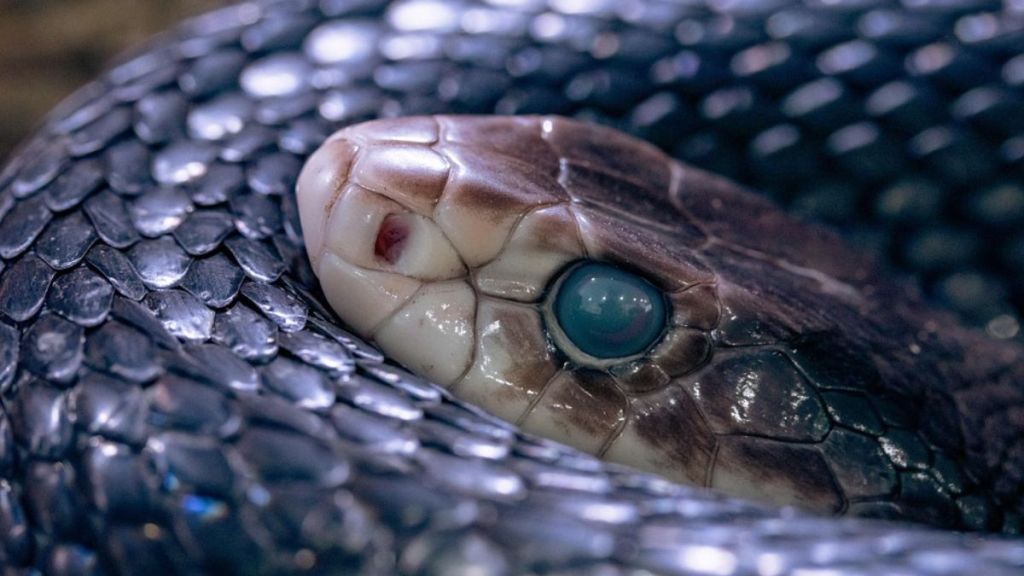
Eastern Brown Snake: They are found in New Guinea and Australia. Its bite can cause blood clotting by releasing both cardiotoxin and neurotoxin.
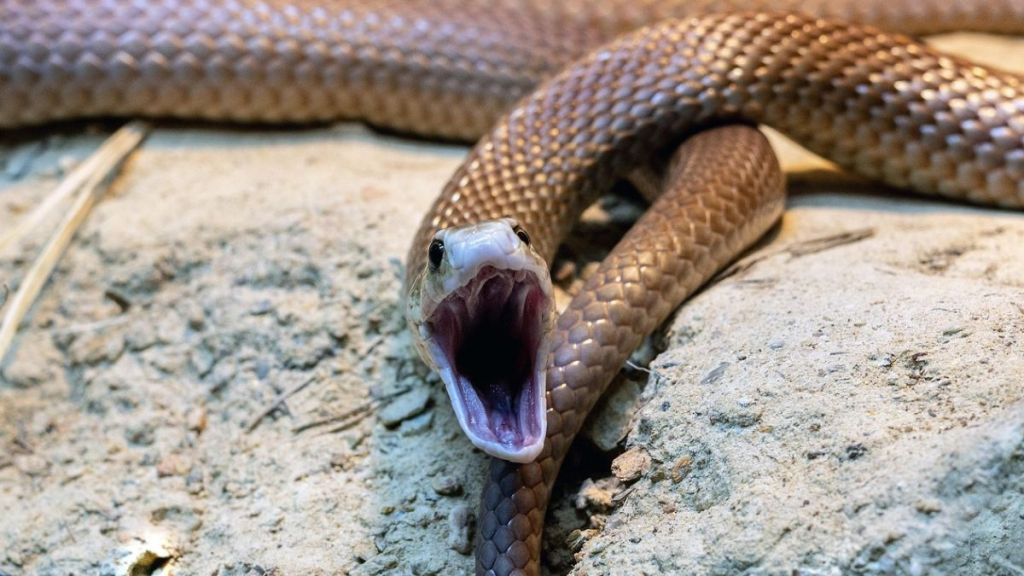
Inland Taipan: They are known as the ‘fierce snake’ and are mostly found in Central Australia. Inland Taipan also carries the deadliest venom.
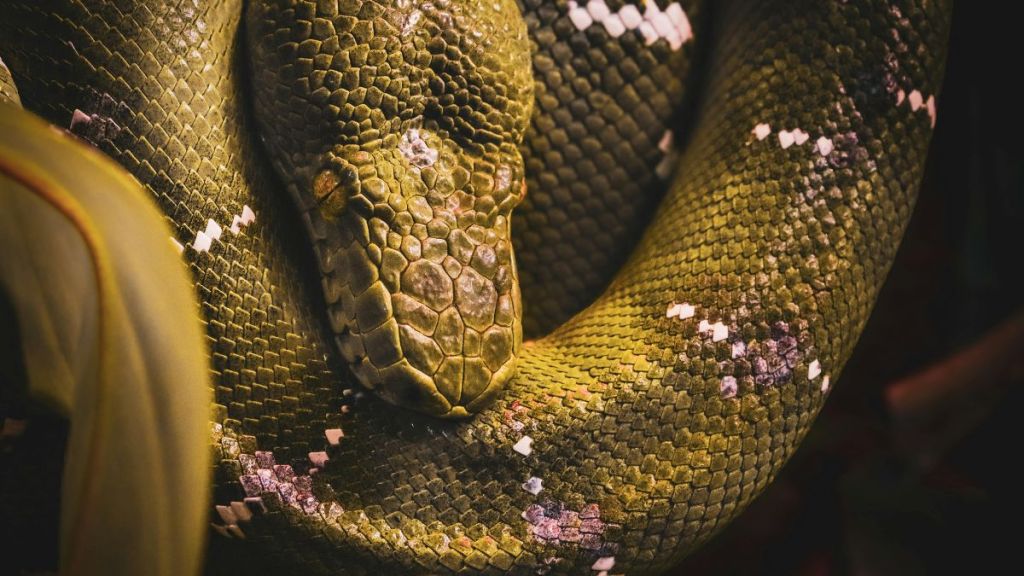
Significance Of World Snake Day
It’s not just an awareness day on World Snake Day, it’s a conservation day too. Wildlife trafficking, climate change, and habitat destruction are presently endangering snakes globally. It’s crucial to spread education and awareness in today’s date, as these small steps act as a tool for saving these reptiles and their habitats. Most of the snakes are extremely venomous in nature, but they rarely come in close contact with humans. Snake bites are actually quite rare and usually happen when snakes are provoked or touched accidentally. In order to live safely and sustainably, we need to give respect and understand the snakes.

